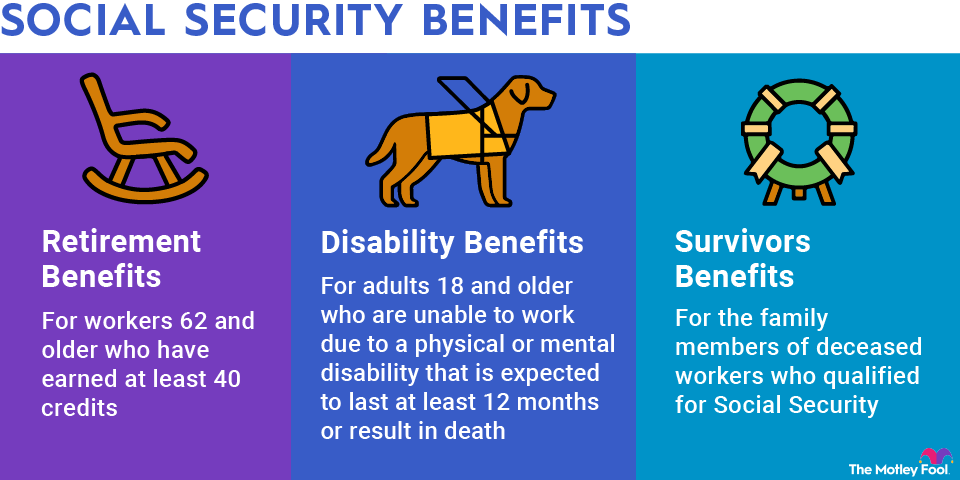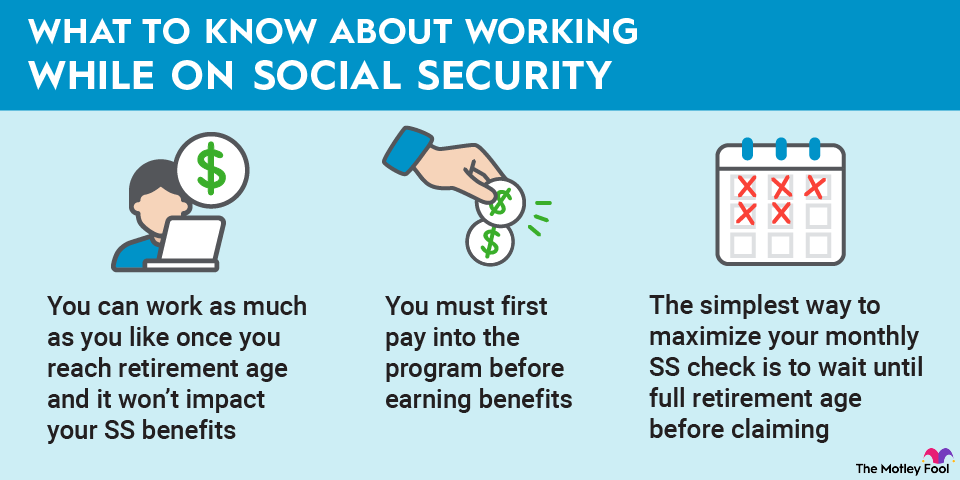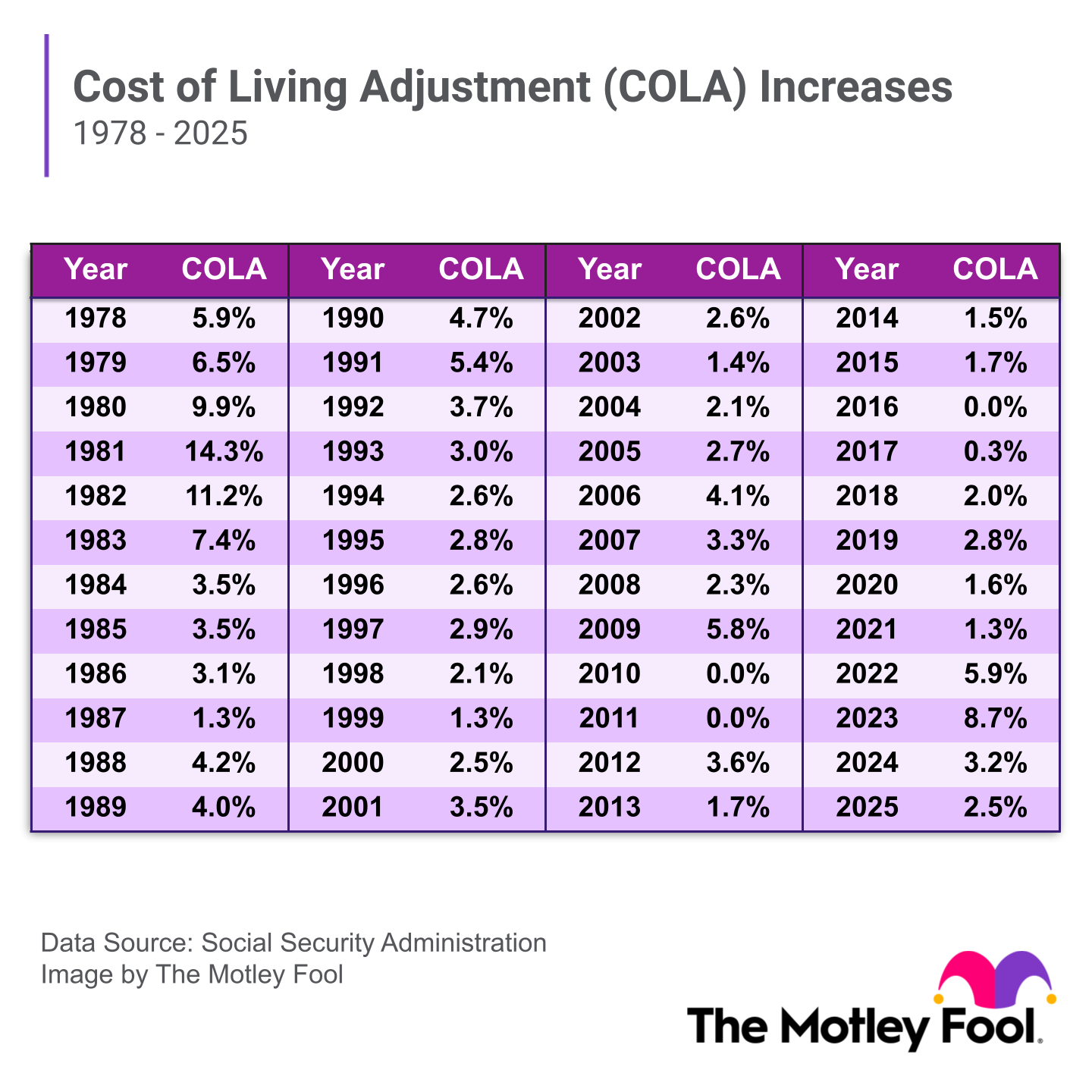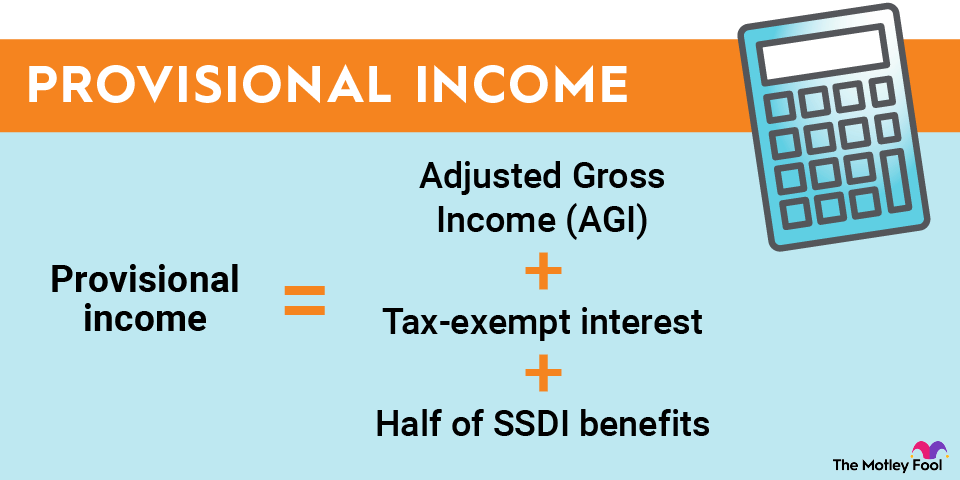Can you work while on disability?
The SSA has specific rules regarding your ability to work while on disability, although it should be noted that people on SSDI are initially approved because they are truly unable to work for a variety of reasons.
Since many (if not most) people with disabilities would prefer to work rather than receive benefits, the SSA will allow a nine-month Trial Work Period to determine if your earnings are substantial. A “trial work month” is any month where earnings exceed $1,110 in 2024, or $1,160 in 2025. The trial work period continues until you have nine cumulative trial work months within a 60-month period.
After your trial work period, your benefits will stop if Social Security considers your earnings substantial. In 2024, Social Security considers your earnings substantial if you earn more than $1,550 per month (or $2,590 if you’re blind) over the following 36 months. These thresholds rise to $1,620 per month (or $2,700 if you're blind) in 2025.
At these income levels, you’re considered able enough to gainfully work and will no longer receive cash payments. This is sometimes referred to as “substantial gainful activity,” or SGA.
Remember that if you do decide to go back to work -- or if your medical condition has improved -- you must alert the SSA. While you can earn minimal income while receiving SSDI payments, earning more than the monthly threshold will lead to a more thorough review of your circumstances.











